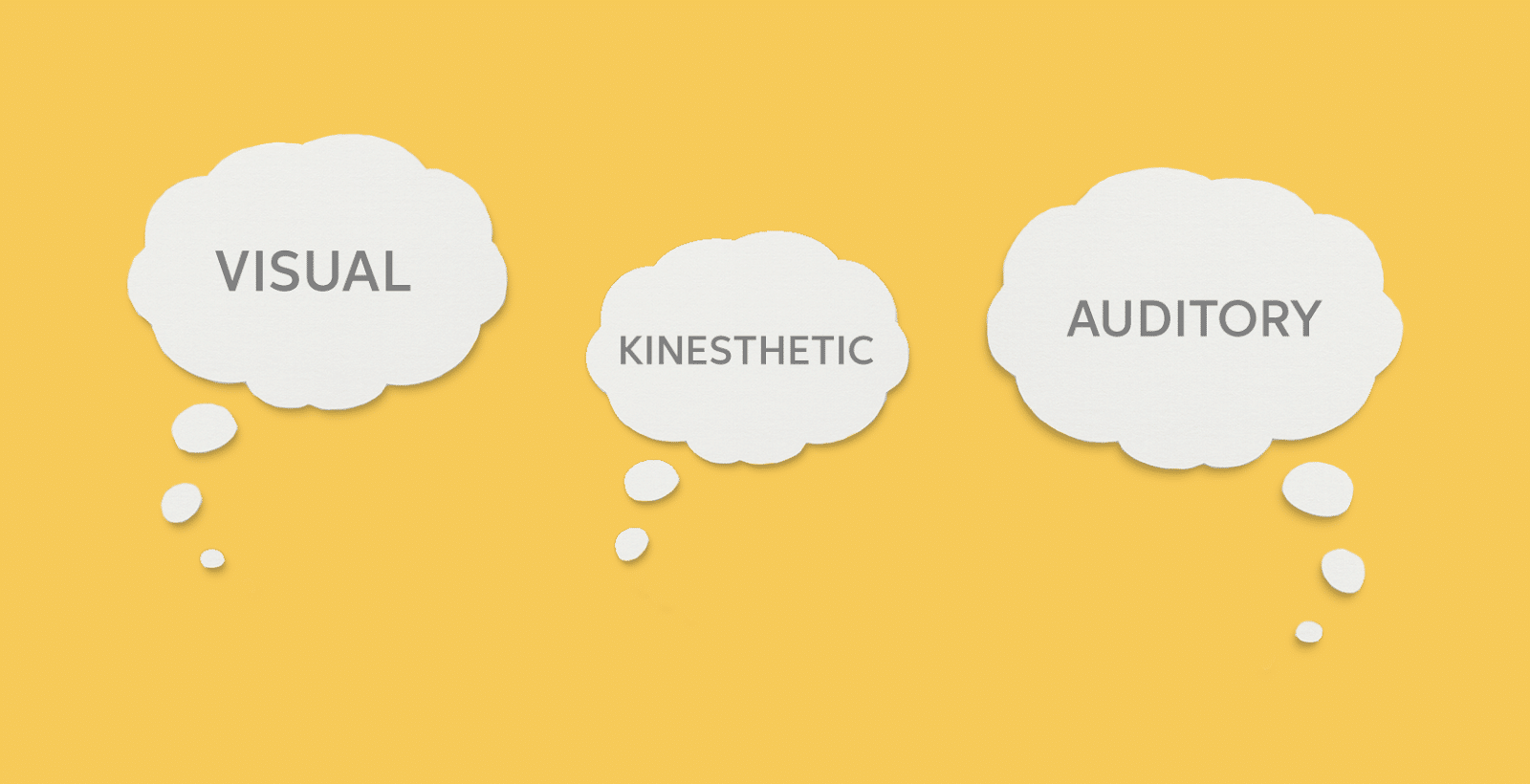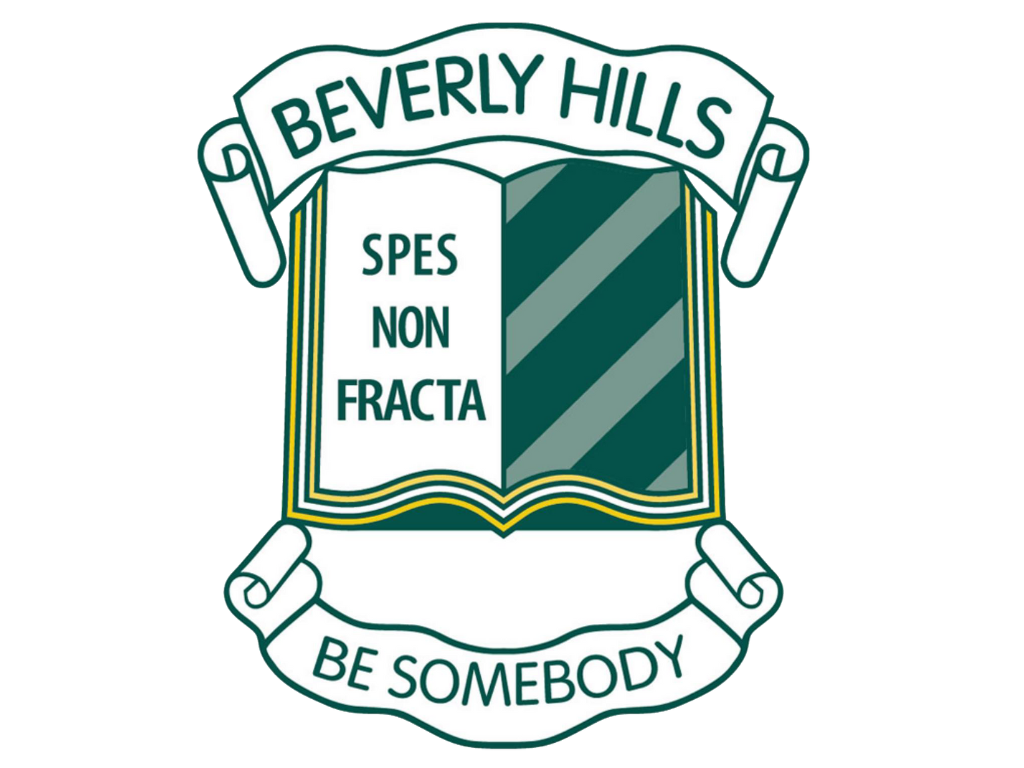Did you know that each child learns differently? Primary students and Secondary students all learn differently. The goal is to figure out what type of learners our children are and work alongside them. Do you know what type of learner your child is?
Learning and studying are all about UNDERSTANDING, and as mentioned above, we all learn and study differently. Students have different learning abilities and can also have learning difficulties.
We cannot expect a Grade 1 student to spend hours in their bedroom or the library studying for an assessment or exam by taking notes and regularly reading their notes. Studying is learning, and we need always to consider that there are many types of learners.
What Type Of Learning Style Is Your Primary School Child Or Secondary School Child?
As an experienced primary teacher and tutor, a teacher’s role is to observe and become familiar with all his/her students’ different learning styles and cater to their needs. When teachers program and create their learning lessons, they factor in their students’ learning styles by providing them with creative, hands-on learning experiences for all these types of learners. Below are the different types of learners and their best ways to learn.

Visual Learning
Visual learners prefer to read information texts or pictures rather than audio or get involved in hands-on activities. They mostly excel in memory games as they easily remember information because of their excellent visualisation skills.
The best learning happens through:
- Note-taking and colour coding work through highlighters.
- Reading and writing off the board.
- Reading diagrams or charts to understand ideas or concepts.
- Playing flashcard and memory games.
- Experiments.
- Powerpoint presentations and videos.
Kinesthetic Learning
Kinesthetic learners are all about action-doing. Hands-on activities are what they learn most from, enjoy and excel.
They learn best through:
- Experiments
- Roleplay
- Playing with materials such as playdough etc.
Auditory Learning
Auditory learners learn by their sense of hearing. Hearing and listening are what allows them to remember and understand what they are learning.
Learning is most effective through:
- Being read to
- Songs and chants
- Listening to a story or lecture
- Reading aloud, flashcards etc.
- Working with a peer or buddy
- Think pair and share
- Class discussions
- Recording oneself
Although students may prefer learning style, it doesn’t mean we need to separate our students into groups and teach our lessons four different ways! Teaching through one style may even be a disservice to students. Many students are multi-modal and have several preferences for learning techniques. Some students can be visual learners in some situations, but auditory in others.
We all do not study or learn the same way. You need to figure out what type of learner your child is and connect with that learning style. We can offer you a free one-on-one hour with our experienced tutors who will observe your child’s learning type and determine their strengths and weaknesses. We are here to support you and your child’s learning.
What Can You Do At Home To Ensure Your Primary School Student Is Learning At His Or Best?
As for primary students, we need to ensure we provide these learning styles in the classroom to cater to their learning needs. It can be a simple memory game or flashcard activity for visual learners. A video or type of audio the class can listen to for auditory learners. For our kinesthetic learners, an educational board game or mini incursion in the school playground depending on the topic or subject taught. We need to think outside the box to ensure each child learns in the most effective means possible through a style that best suits them. If our teaching style is creative, innovative, fun and engaging for our students, we are sure our students will learn.



